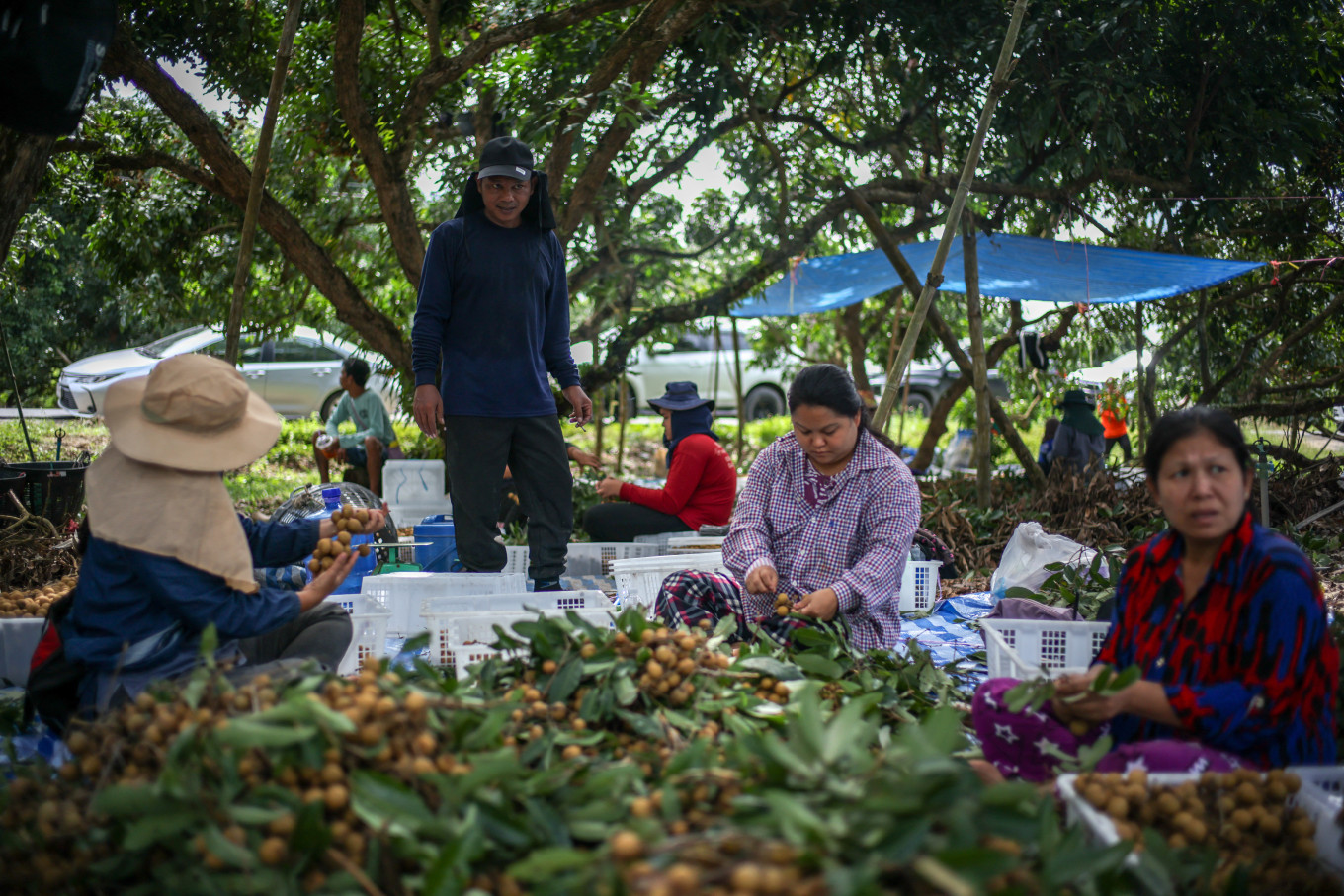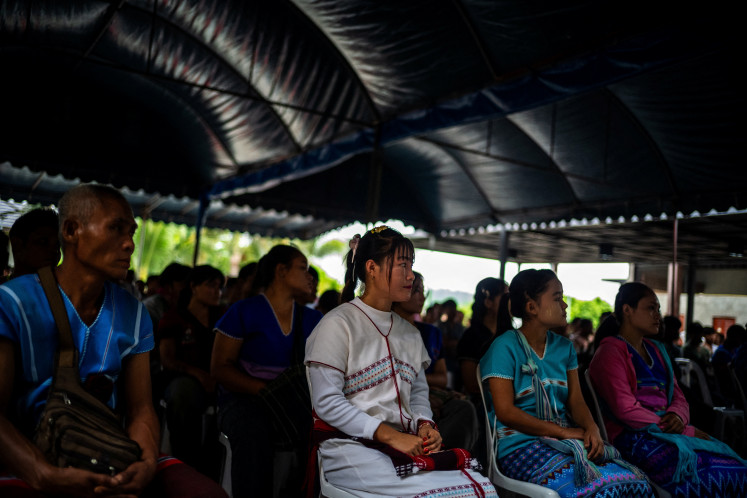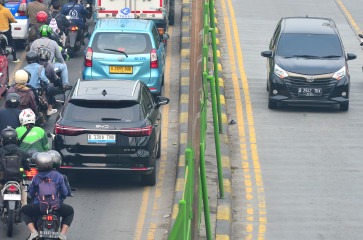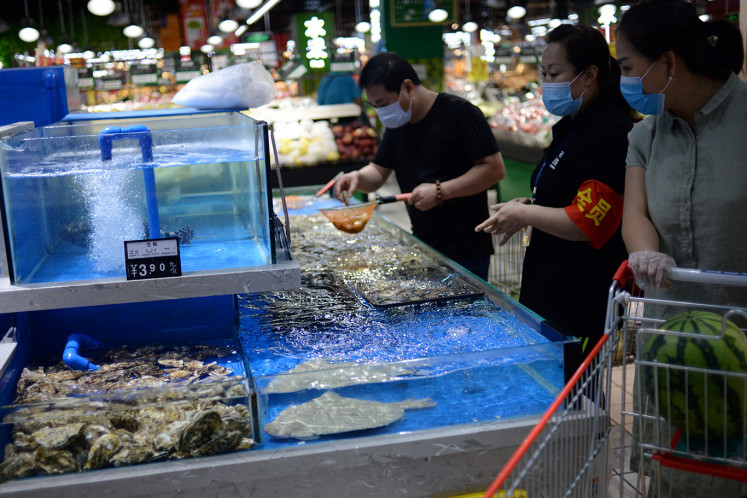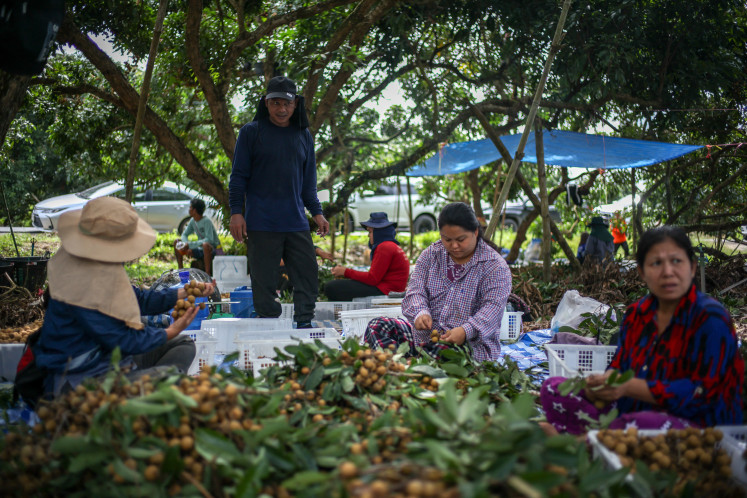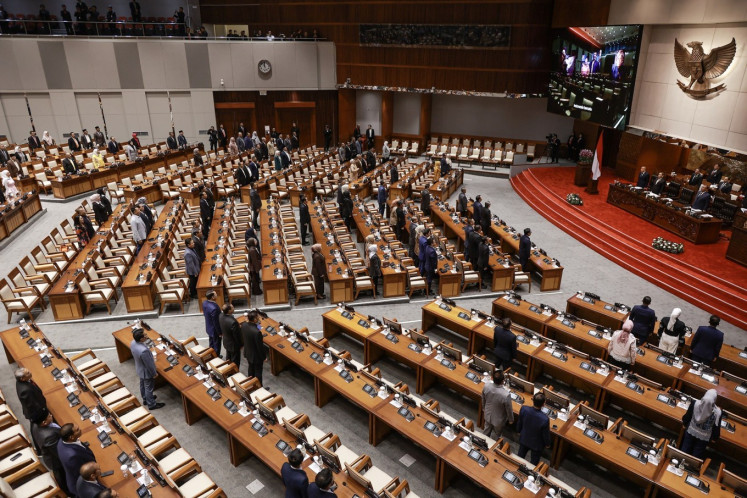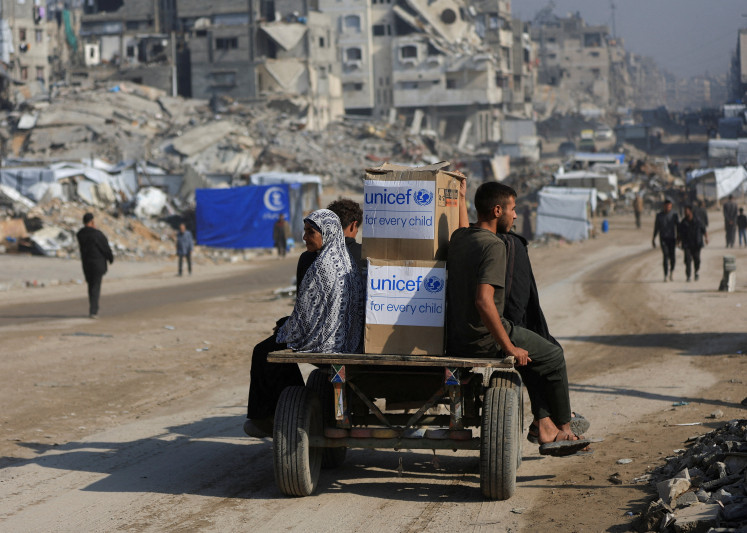Popular Reads
Top Results
Can't find what you're looking for?
View all search resultsPopular Reads
Top Results
Can't find what you're looking for?
View all search resultsLeaving border camps for orchards, Myanmar refugees join Thai workforce
For the first time in the nearly two decades he has lived in Thailand, the 42-year-old Myanmar refugee is able to work legally.
Change text size
Gift Premium Articles
to Anyone
T
un Min Lat climbs a bamboo ladder in the longan orchards of eastern Thailand, moving from tree to tree as he plucks the juicy tropical fruit in the sweltering heat of a November morning.
For the first time in the nearly two decades he has lived in Thailand, the 42-year-old Myanmar refugee is able to work legally.
"Now I feel like I can see a future," he told Reuters.
In late August, Thailand's government announced that thousands of Myanmar refugees who live along the Thai-Myanmar border would be given employment rights for the first time. The decision, which the United Nations described as a "landmark step", allows more than 80,000 Myanmar refugees to apply for work permits.
The announcement came after border clashes between Thailand and Cambodia in July prompted Cambodian workers to rush home, leaving factories, construction sites and farms in Southeast Asia's second-largest economy short of labor.
About 520,000 Cambodians – about 12 percent of the total workforce – worked in Thailand before the fighting erupted, according to Thai labor ministry data.
Tun Min Lat and his wife were among the first group of workers to join the longan farm in Chanthaburi province nearly 500 kilometers from their camp, while their eldest daughter found work at a factory in another province. Their two younger children, one of them 14 years old and the other 10, remain in the refugee camp and are being looked after by neighbors.
Tun Min Lat said he and his wife left their village in southern Myanmar in 2006 to escape forced labor and conscription, after fighting broke out between the Myanmar military and a powerful ethnic armed group.
Living in a refugee camp in Thailand's Kanchanaburi province, the couple raised a family but without formal work were reliant mainly on international aid for support.
Self reliance after aid cuts
In all, Thailand has nine border camps for Myanmar refugees, many of them having fled waves of fighting dating back to the 1980s.
Refugees from Myanmar, including members of the Karen, Mon, Shan, Rakhine and Burman ethnic communities, who were granted work permits by the Thai government, attend an orientation session before working at longan farms in Chanthaburi province, Thailand, November 5, 2025. (Reuters/Athit Perawongmetha)Another influx came after February 2021, when Myanmar's military overthrew the civilian government of Nobel laureate Aung San Suu Kyi, sparking a civil war that has engulfed large parts of the impoverished country.
Cuts in humanitarian aid this year, including by the United States, have added to the pressures felt by the refugees, making the ability to work legally even more significant.
"It is the first time that they have an opportunity to start to be self-reliant, maybe more independent in the future, and having a more decent life in Thailand," said Leon de Riedmatten, executive director of The Border Consortium, which supports refugees in Thailand.
While Tun Min Lat picked fruit at the orchard, his wife Lae Lae and some other women worked nearby to prepare baskets for the packaging. On their first day on the job, Tun Min Lat's group of five earned about 1,000 Thai baht (US$30.81).
"Even though I am tired and our family members are apart, we still feel happy," he said. "We feel hopeful.

